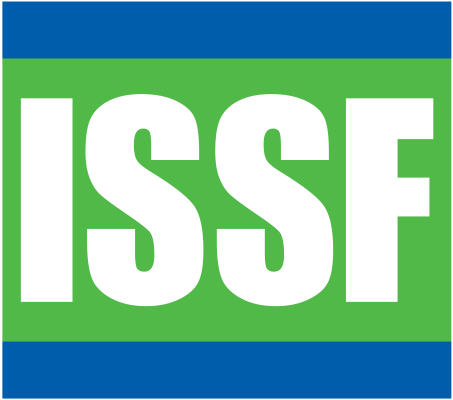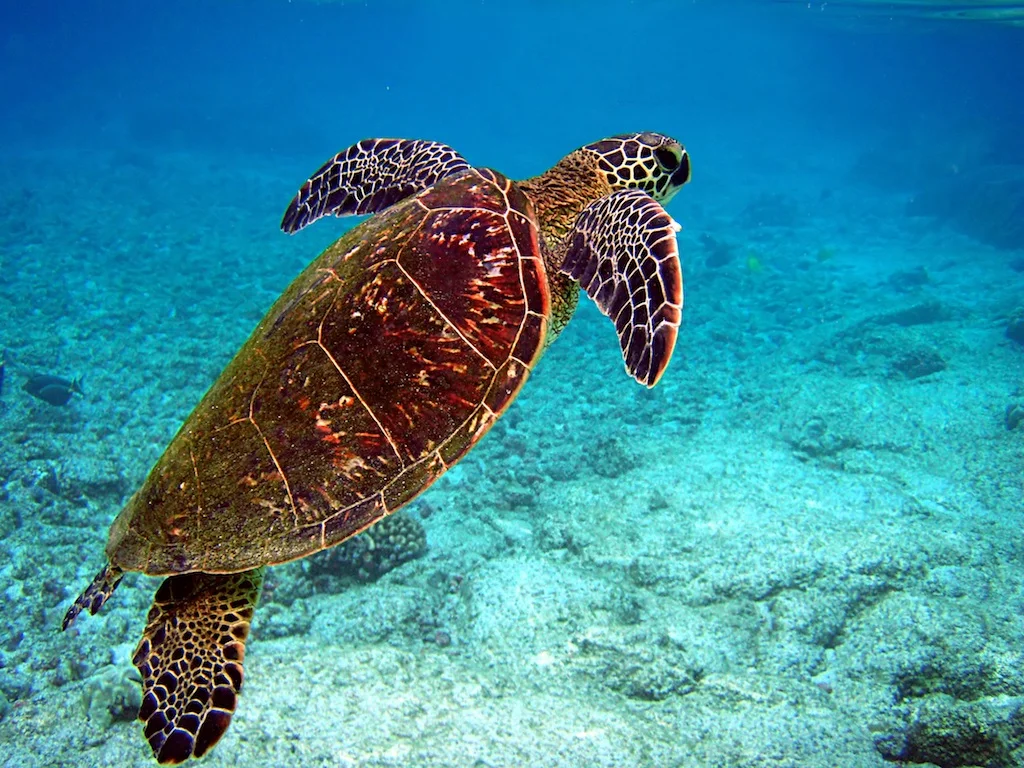Other Measures
Note that the measures described below are generally not permissible for use in all of the RFMOs, so you should check which areas they apply to before using as a mitigation measure.
Management of Offal Discharge
North of 23ºN in WCPFC and IATTC areas, vessels may use offal management as one of the seabird bycatch mitigation measures. Vessels should ensure there is no offal discharge during setting, and during hauling they can continue to not discharge offal, or use strategic offal discharge from the opposite side of the boat from setting/hauling, to actively encourage birds away from baited hooks.
However, available scientific evidence indicates that vessels that use strategic offal discharge during setting may have higher seabird catch rates relative to vessels that do not (Gilman et al, 2021). Therefore, ACAP’s seabird bycatch mitigation best practices do not recommend strategic offal discharge during setting of the longline (ACAP, 2021).
Of course, if there are no seabirds present, offal discharge management is not necessary. If you intend to use this technique, remember to keep enough offal on hand between the set and the haul.
Strategic offal discharge
Side Setting
Unlike traditional stern setting, setting off the side of the vessel (at least 1 meter forward of the stern, or more if possible) reduces the time that baited hooks are near the surface and visible to seabirds.
By tossing the baited hook forward and close to the hull, under the protection of a bird curtain, the hope is that by the time the baited hook has passed the stern, it has sunk beyond the reach of the birds.
Another advantage of side setting is that it requires only one work area, and eliminates the chore of moving gear and bait between setting and hauling stations.
Tests in the North Pacific have recommended using side-setting in combination with other mitigation measures. However, side-setting has not been tested in Southern Hemisphere fisheries, and hence it is not currently recommended in these areas.
Bird-Curtains
Bird curtains during haulback and during setting in combination with side-setting could reduce longline seabird bycatch risk.
Dye Baits
The WCPFC and IATTC currently have blue-dyed bait as a mitigation option in some areas, with the idea that bait might be more difficult to find if seabirds’ ability to visually identify bait is impaired.
Dyeing bait blue so that it is hard for them to see against the water may therefore reduce bait loss and seabird bycatch (Boggs, 2001). However, ACAP does not recommend dyed bait as a mitigation measure, as testing results have been inconsistent across studies and available data shows this may only be effective using squid as bait (ACAP, 2021).

